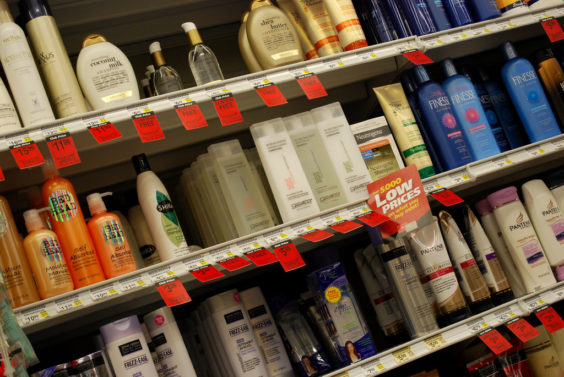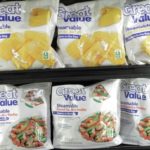
Coupons have changed in recent years. Studies have shown there are far fewer of them available for food, and many more available for nonfood items. Couponers who are focused on feeding their family aren’t happy about the trend – but surely someone is using all those nonfood coupons?
In the first of a planned series of reports on various consumer goods categories, the research firm TABS Analytics recently examined personal care items – who’s buying them, where they’re buying them, and what kind of deals they’re getting.
What they found, perhaps unsurprisingly, is that most shoppers get their hair care, shaving, skin care, soap, toothpaste and the like at Walmart – and most deal-seekers go elsewhere.
“Walmart, traditional food stores and Target are the clear winners in the personal care market with almost 50 percent of all estimated purchases,” TABS Analytics CEO Kurt Jetta said in a statement. But “heavy deal buyers migrate to CVS, Walgreens and dollar stores for more deals, such as circulars and loyalty programs, not available at Walmart.”
90% of all shoppers surveyed said they use at least one “deal tactic” regularly, with the average shopper using a combined 3.4 savings strategies. The most popular strategy is one that doesn’t require much work – shopping at a store with everyday low prices, like Walmart. 38% said they stock up by buying larger sizes with lower unit prices, 33% clip paper coupons, and 27% use digital coupons.
Buying private label or discount brands is less pronounced in personal care than in other categories, with only about a quarter of shoppers saving money that way. Deal-seekers may settle for budget foods and household products, but when it comes to taking care of themselves, they apparently like their brand names.
Younger and less affluent shoppers are less inclined to look for deals, but each for their own reasons. Less affluent shoppers “prefer using passive deal tactics,” the report found. Instead of clipping coupons or scouring the store circular for deals, they tend to look for everyday low prices, larger-sized packs and value brands.
Millennials, meanwhile, seem to be abandoning paper coupons and circulars. But it’s unclear whether that’s a permanent condition, or if they’ll eventually come around. Evidence for the latter is that “there is no other tactic that really takes their place among these shoppers,” TABS found. If millennials want to start saving money, they’d better come up with a strategy to do so – otherwise, those paper coupons and circulars will start looking a lot more attractive.
Finally, there’s the matter of online shopping, which TABS says is a mere blip in this category. Online has just a 3.1% share of personal care product sales, with more than half of shoppers saying they never buy their personal care products online. “Despite what is written in the press” about the growing popularity of buying groceries and everyday items online, TABS says, “online sales in personal care products is relatively unimportant.”
So getting an everday low price at a place like Walmart remains more popular than using coupons – not only in personal care, but in most other categories as well. But those who don’t use coupons are missing out on a lot of savings.
Kantar Media recently reported that the personal care category offered more coupons last year than any other – a third of the 286 billion coupons available were for personal care products. Health care and dry grocery were a distant second and third, representing 23% and 20% of all available coupons.
Personal care is a $40 billion a year business, TABS found. By looking for deals and using some of the estimated 95 billion personal care product coupons out there – you can ensure that a smaller portion of that $40 billion total is paid by you.










